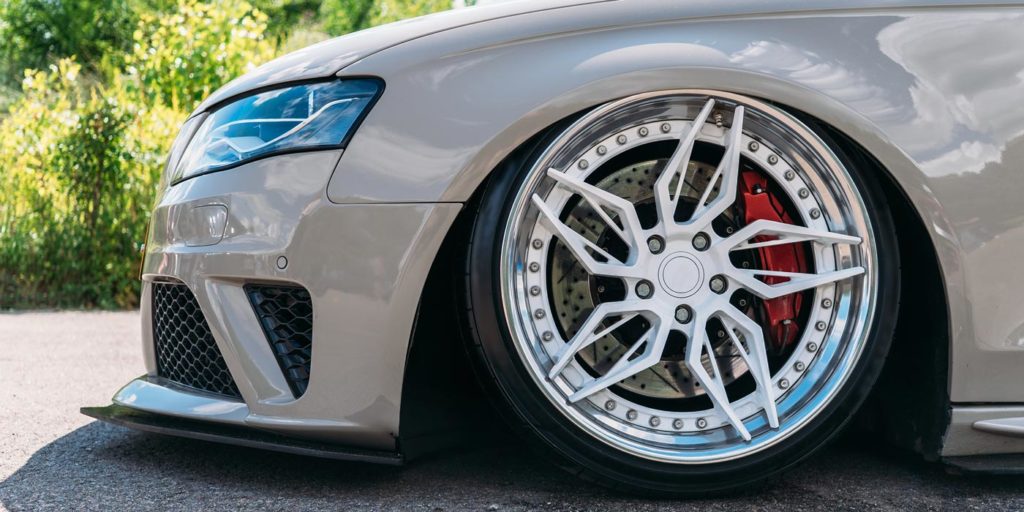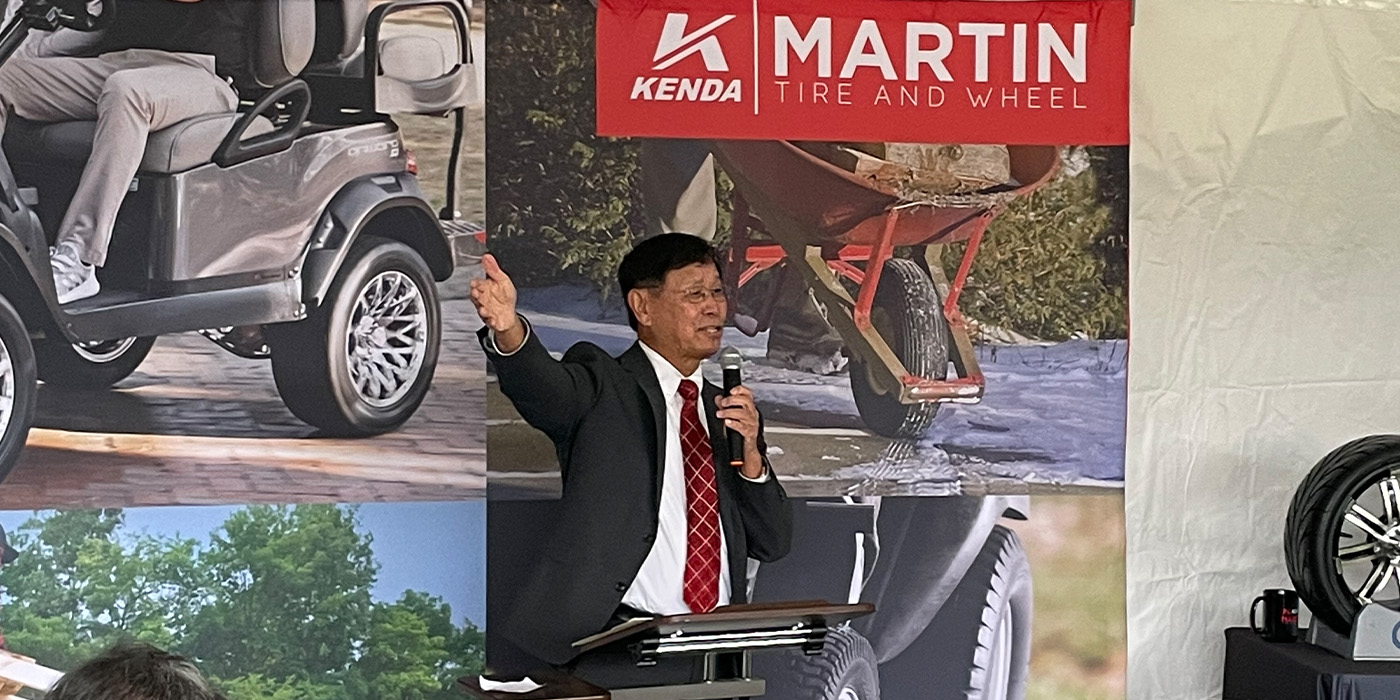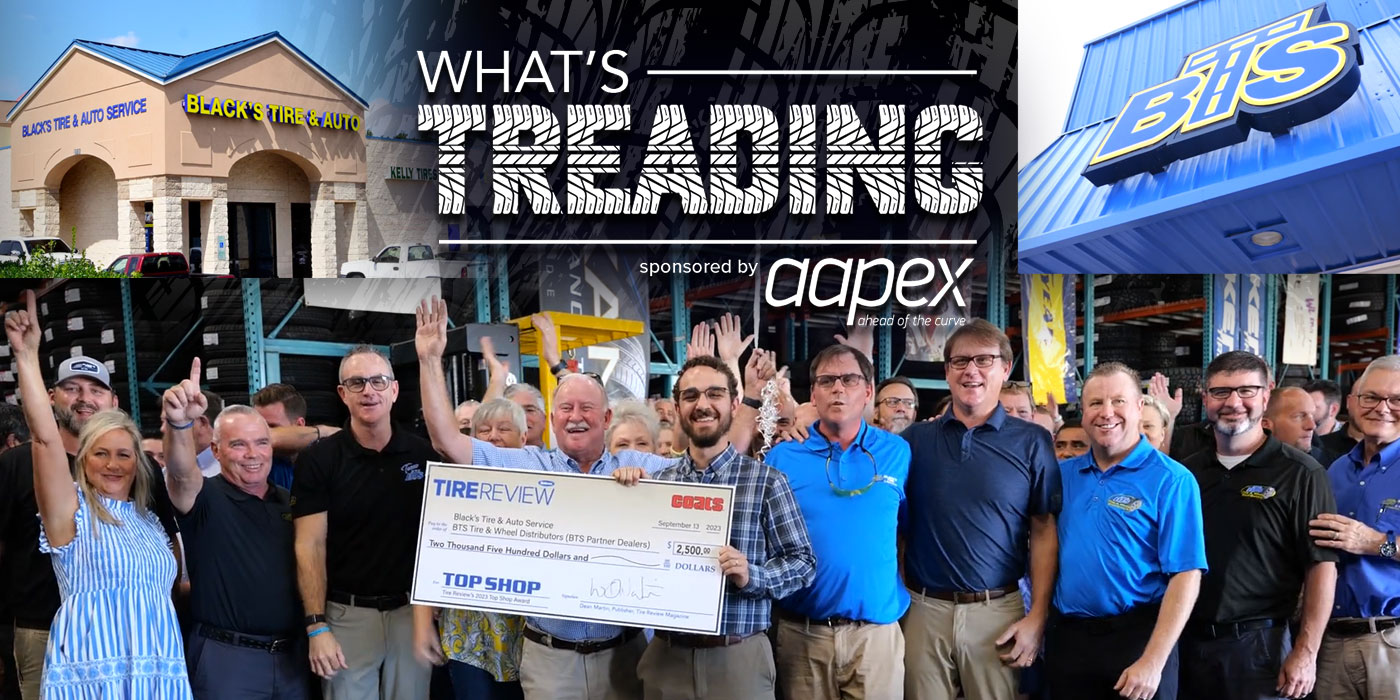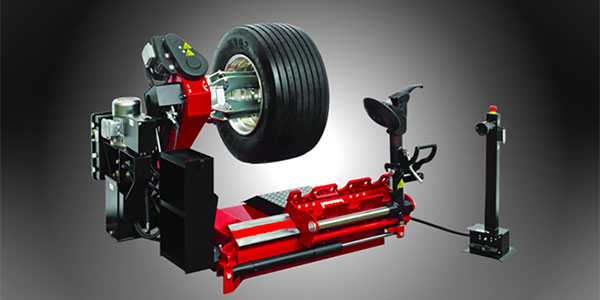The style and finish of a custom set of wheels can dramatically change the look of a vehicle. Upgrading from standard paint or lacquered wheels to color-coated, chrome or multi-piece rims gives your customer’s Bimmer, Benz or Porsche an aesthetic boost that’s guaranteed to raise eyebrows.
While many tire dealers specialize in fitting customers with custom tire and wheel constructions, other shops may dabble in it or want to start increasing their business in this segment. Wherever you are on the spectrum, there are certain rules of the road to abide by when servicing custom combos so that customers walk away with satisfied service that leads to repeat business. We’ve assembled a checklist below as an easy guide to follow.
1. Find the Right Fit
When helping a customer select custom wheels, it’s important to remember the overall dimensions of the wheel and tire relative to the vehicle—in addition to finish and color, of course. “Custom” tire and wheel packages are those fitted to a vehicle that have been modified from the OE standard or have completely replaced the OE standard. They can often be larger or wider—and most likely more expensive.
There are certain rules of the road you should abide by when servicing custom [tire and wheel] combos so that customers walk away with satisfied service that leads to repeat business.
If a customer wants a larger wheel diameter, then tire sidewall height will likely need to shrink. If selecting wider combinations, availability of space within the wheel well, fender and clearance of suspension components will need to be considered. In addition, ask your customers how they plan to use their vehicle. Varying levels of offset will have different impacts on steering sharpness and handling. Wheel width and material choice may also affect traction and interfere with fenders, braking or suspension components, especially if the vehicle’s ride height is altered. Heavier assemblies can also degrade handling and possibly decrease fuel efficiency.
2. Don’t Overlook the Brakes
Another important aspect that’s often overlooked is the vehicle’s brakes. OE brakes were designed for OE wheel and tire combinations, so a tire and wheel upgrade may also need to come with an upgrade of the braking system. A disc brake upgrade may require a larger wheel in order to clear the larger brake components.
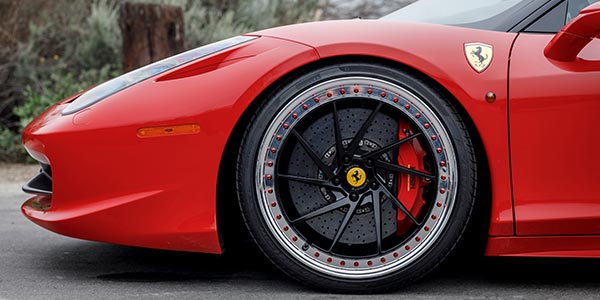
3. Inspect Your Tire Service Equipment
If your shop routinely does custom wheel work, you know that having the appropriate tire changer and balancer is critical. Before servicing these tire and wheel packages, inspect the mount/demount head on the tire changer for cracks, damage or excessive wear and adjust the swing arm diameter and depth. If you’re using a steel head, inspect consumables like nylon inserts for wear and dirt.
4. The Clamping Method Can Make a Difference
The tire changer’s clamping method is also key when servicing custom wheel packages. If using a rim-clamp machine, be certain that soft jaws are in place, adjusted properly and clean. On a center-clamp machine, pedestal top pads can be helpful in preventing damage. Remember that when changing a reverse-drop assembly, the wheel is being held by its cosmetic face, so be extra careful. Use a tire changer’s assist devices such as bead depressor arms, roller arms, cones and discs to take the strain off technicians.
5. Balance with the Look in Mind
When balancing custom constructions, balancers that have a “behind the spoke feature” help give the customer’s vehicle a cleaner look. This feature on the balancer determines where the spokes are on the wheel and gives the technician an adhesive weight placement location, which solves the imbalance and places the weight out of view to the onlooker. Adhesive weights are typically preferred for custom applications because they’re aesthetically pleasing and prevent damage to the cosmetic face of the wheel.
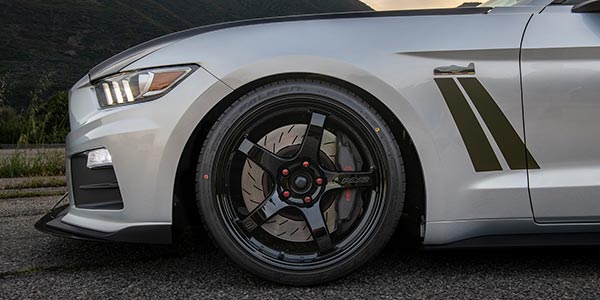
6. Don’t Neglect TPMS
Shops need to account for how the total wheel and tire combination differs from OE. Inflation pressures may be different, so TPMS sensors may need to be adjusted or replaced altogether in order to compensate for this. Once complete, make sure to print a new tag or sticker for the doorjamb so that the customer is aware of any changes in tire pressure, and your shop stays legally compliant.
7. Advise Customers on Caring for Their Investment
Lastly, customers pay a hefty price for their wheels to stand out, so tell them how they can keep them looking brand-spanking new. Advise customers on what kind of finish their wheels have and how to care for them. Tires for custom wheels are often, but not always, made of softer compounds that offer higher levels of traction and cornering grip, which means they may wear more quickly. Let customers know about this early on so they aren’t surprised or disappointed when they need to come back for a new set.
Content provided by Coats Garage. For more information, visit coatsgarage.com.

